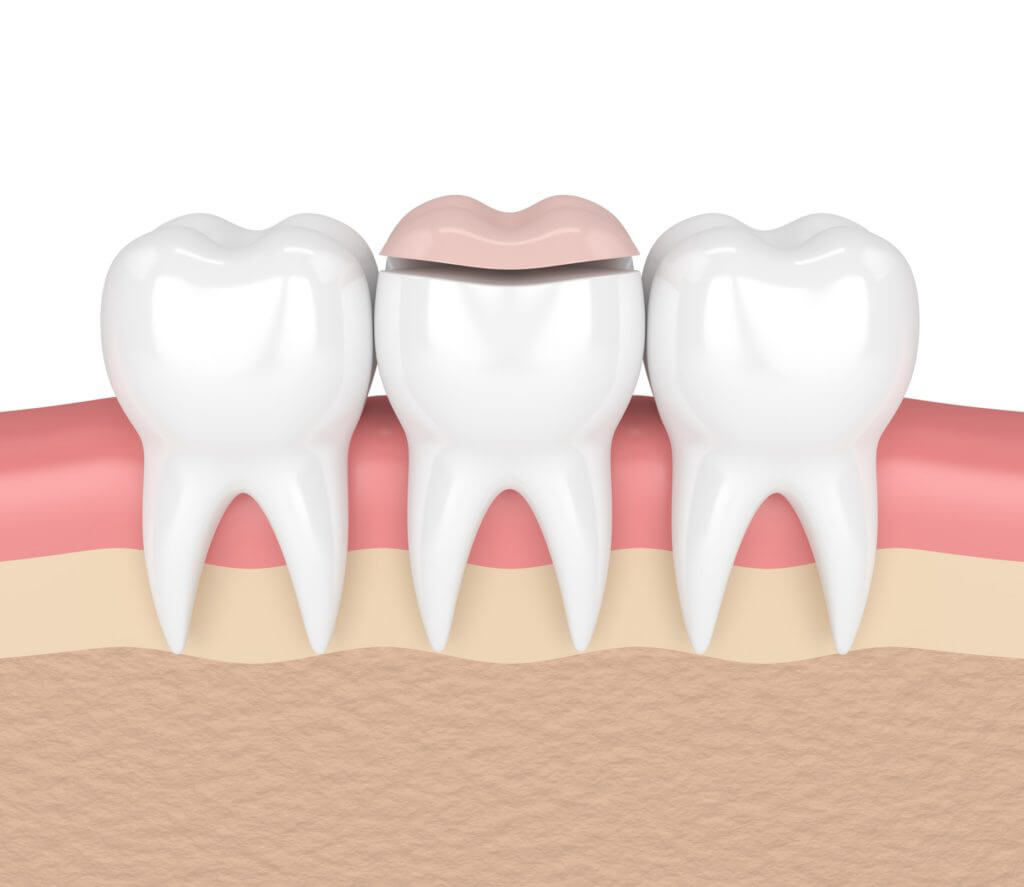Dental Inlays and Onlays
Dental inlays and onlays are an alternative to traditional fillings to restore teeth when more than half of the biting surface is damaged. Traditional fillings can reduce the strength of a natural tooth by up to fifty percent, but inlays and onlays can increase the strength of the tooth.
Dental Inlays and Onlays
Dental inlays and onlays are available in various materials to repair damaged teeth, making them stronger and healthier. They are bonded directly onto teeth using high-strength resins that can increase a tooth’s strength by up to 75%. Inlays and onlays can last ten to thirty years and are an excellent alternative to full crowns when the tooth’s damage is not extensive enough to require one.
Inlays and onlays can be made of porcelain, gold, or composite resin and are attached to the damaged area of the tooth. An inlay is similar to a filling and is placed inside the tooth’s cusp tips. In contrast, an onlay is a more significant reconstruction covering one or more tooth cusps.
Traditionally, gold has been the preferred material for inlays and onlays. However, porcelain has become increasingly popular in recent years because of its strength and color, which can match the natural color of your teeth.

-
What are dental inlays and dental onlays?
Inlays and onlays can be made of porcelain, gold, or composite resin. These pieces are bonded to the damaged area of the tooth. An inlay, which is similar to a filling, is used inside the cusp tips of the tooth. An onlay is a more substantial reconstruction, similar to the inlay but extending out over one or more of the cusps of the tooth.
Traditionally, gold has been the material of choice for inlays and onlays. In recent years, however, porcelain has become increasingly popular due to its strength and color, which can potentially match the natural color of your teeth.
-
How are dental inlays and onlays applied?
Dental inlays and onlays are applied over two appointments. During the first appointment, the dentist removes the damaged or decaying area of the tooth and prepares it for the inlay or onlay. Then, an impression of the tooth is taken to ensure proper fit and bite. The dentist applies a temporary sealant and schedules the next appointment.
At the second appointment, the temporary sealant is removed, and the dentist checks that the inlay or onlay fits appropriately. If everything is satisfactory, the inlay or onlay is bonded to the tooth with a strong resin and polished to a smooth finish.
-
When should I consider a dental inlay or onlay?
If you have a damaged or decayed tooth that requires repair, consider a dental inlay or onlay. A dental inlay is typically used to fill grooves in a tooth and is more durable than a regular dental filling made from composite or amalgam. Gold inlays are considered to be the most durable. A dental onlay, on the other hand, is used to repair a tooth that has more extensive damage affecting the cusp, tips, or biting surface. In this case, a temporary solution is required until the final onlay can be formed correctly in a laboratory.
More Questions?
If you have more questions about dental inlays or onlays, contact our office using the buttons below.

